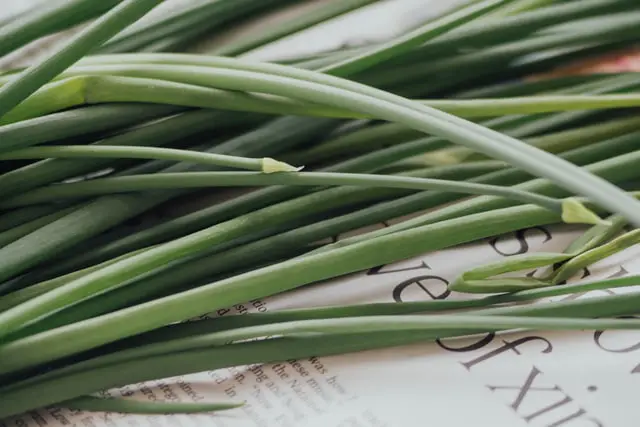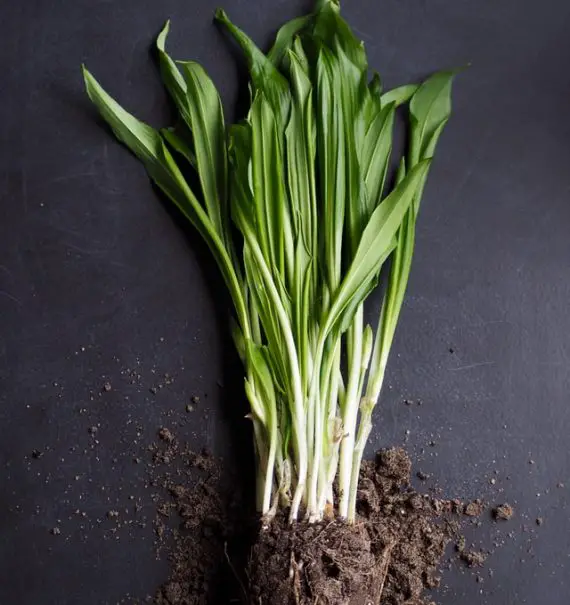How To Harvest Lemongrass

Welcome to my article about how to harvest lemongrass! Before I get into the details of harvesting this aromatic plant, let’s first discuss where Lemongrass comes from and how it can be used.
Introduction to Lemongrass
Lemongrass, formally known as Cymbopogon citratus, is a plant that is native to Sri Lanka and Southern India. It has a variety of benefits when added to your yard or garden.
First, it is relatively easy to grow from a starter plant, though somewhat tricky from seeds. Lemongrass can be placed in raised beds, pots, or even directly into the ground.
It doesn’t attract pests and even deters a few, like mosquitos.
Best of all, there are two edible varieties of this ornamental grass, which include the East Indian Lemongrass and West Indian Lemongrass.
These can be used to add a tasty flavor and aroma to soups, curries, salads, and can even be made into a tasty tea.
Of course, if you’re going to use lemongrass in your kitchen, you’ll need to learn how to harvest it properly first. Let’s take a look at the proper methods for this.
How To Harvest Lemongrass

There are actually two parts of the lemongrass plant that you can harvest, though which one you cut depends on what you actually plan to use it for.
For instance, the leaves are used for teas, while the stalks are the pieces that are used in cooking.
We’ll go over these harvesting methods separately.
How to Harvest Lemongrass Leaves
Lemongrass leaves are the best pieces to use for tea but you likely won’t use them for cooking. These pieces are the long, thin, green, grassy pieces of the plant.
They should be about a foot tall and at least a ½-inch wide before you cut them to be sure they’ve matured.
To harvest lemongrass leaves, the first thing to do is put on a good pair of gardening gloves. The leaves are quite sharp, so they can cut your hands when you grab them if you aren’t careful.
Once you have your gloves on, select the leaves on the outside of a clump.
Use a pair of sharp scissors to cut each one from the main plant.
If you want the leaves to regrow, make your cut an inch or two from the base of the plant. You can also cut each leaf right at the base of the plant to deter regrowth.
Once you have removed the leaves you want, hang them by a window to dry. Then you can cut them into pieces of about 2-3 inches in length.
Store them in an airtight container until you’re ready to use them for tea.
How to Harvest Lemongrass Stalks
The lemongrass stalks, called culms, are the pieces that are used for cooking. The stalks are the thicker pieces of the plant with woody outer layers and tender insides.
Though these pieces aren’t sharp like the leaves, you may still want to use gloves when working the stalks out from between them.
To harvest the lemongrass stalks, select only those that are at least ¼-inch in diameter or wider.
The bottom of the stalk is the most edible area, so the thicker it is, the more of it there will be to use for your meals.
Once you’ve selected a stalk, use pruning shears to cut it as close to the base of the plant as possible. You can also twist or snap it off if you don’t have the right tools for the job.
If some roots or a bulb come off with it, you can trim these off once the stalk is free of the plant. Remove as many stalks as needed.
After harvesting the number of lemongrass stalks that you want, strip away the woody outer layer and throw them away.
If any leaves have come off with the stalks, you can discard them as well or save them for tea as we’ve described above.
The tender inner part of the stalk should be all that’s left at this point. These can be grated or chopped and added to the meal you’re cooking.
You can also cut them into larger pieces to add flavor but not to be eaten, much like a bay leaf.
Lemongrass stalks can also be stored for later use. The best way to do this is to place them in plastic bags or airtight containers and store them in the freezer.
This plant can be stored this way for up to 6 months for future meals.
How To Harvest Lemongrass: Conclusion
If you’re growing lemongrass in your garden, it’s important to know how to harvest it properly so that you can enjoy the full flavor of the plant.
I hope this article has helped you learn how to harvest lemongrass so that you can enjoy it in your teas and cooking for many years to come!
Here are some other articles you may also enjoy reading:
Crystals for the Garden
Monstera Aerial Roots

About The Author: Hi, I’m Jessica. I’m a Mom of 2 and I love DIY hacks, home decor ideas and non-toxic cleaning tips. I created this website to share my knowledge with a community of like-minded people who love simple, easy and safe ways to keep their home clean and inspiring. I hope you enjoy!








